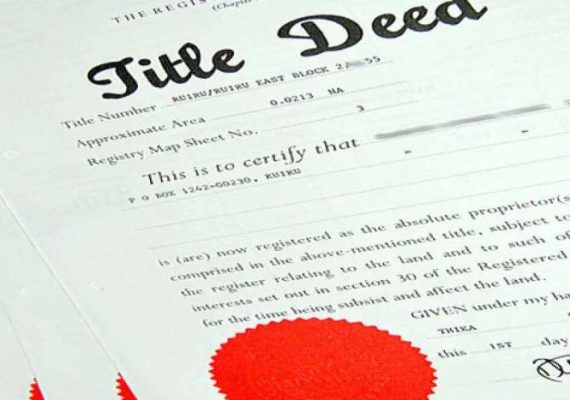What Is Auxiliary View In Engineering Drawing?
What Is Auxiliary View In Engineering Drawing?
Auxiliary view in engineering drawing is a special type of orthographic projection that provides additional information about the object being represented.
It uses an imaginary line called the auxiliary reference line (ARL) to project the front and top views onto another plane, allowing for increased mobility of the object in a 3-dimensional space.
The ARL helps to identify hidden details on objects that would otherwise be obscured by their shape or size.
Auxiliary views are particularly useful in designing complex mechanical components, where complete understanding of the item is essential for successful assembly and operation.
Which Is An Example Of An Auxiliary View?
An auxiliary view is an orthographic projection of an object that does not appear on the principal view.
It is typically used to show the hidden parts of a 3D object, beyond what the main views can provide.
An example would be an isometric or trimetric projection which shows all three dimensions of an object and can often help to increase clarity in a drawing.
Auxiliary views may also be used to illustrate particular details of a part such as keyways, slots, and other features that would not normally show up on the main view.
What Is An Auxiliary View And Why Would It Be Important?
An auxiliary view is a two-dimensional drawing of an object that has been rotated in three dimensions.
It is used to simplify the visualization of the project when its features cannot be seen in a regular side or top view.
Auxiliary views are normally created from a specific angle and include sections, circles and other objects in order to help convey the exact shape of the object for designers, engineers and architects.
They are an important tool in engineering drawings as they provide additional insights into complex shapes, external elements and internal mechanisms that may not be obvious from a standard view.
What Are The Two Different Ways Of Drawing Auxiliary Views?
Auxiliary views are used to show more information about a 3D object. They are typically drawn perpendicular to the main view, and they can be produced in two ways:
1) Projected, where the sides of the original object are projected onto a flat plane; and
2) Sectioned, where an imaginary cutting plane is used to reveal internal features.
These techniques give us more details about the interior of an object as well as provide information on hidden lines that cannot be seen directly in the original view.
Both methods use projections and vanishing points to produce accurate representations of the given shape.

